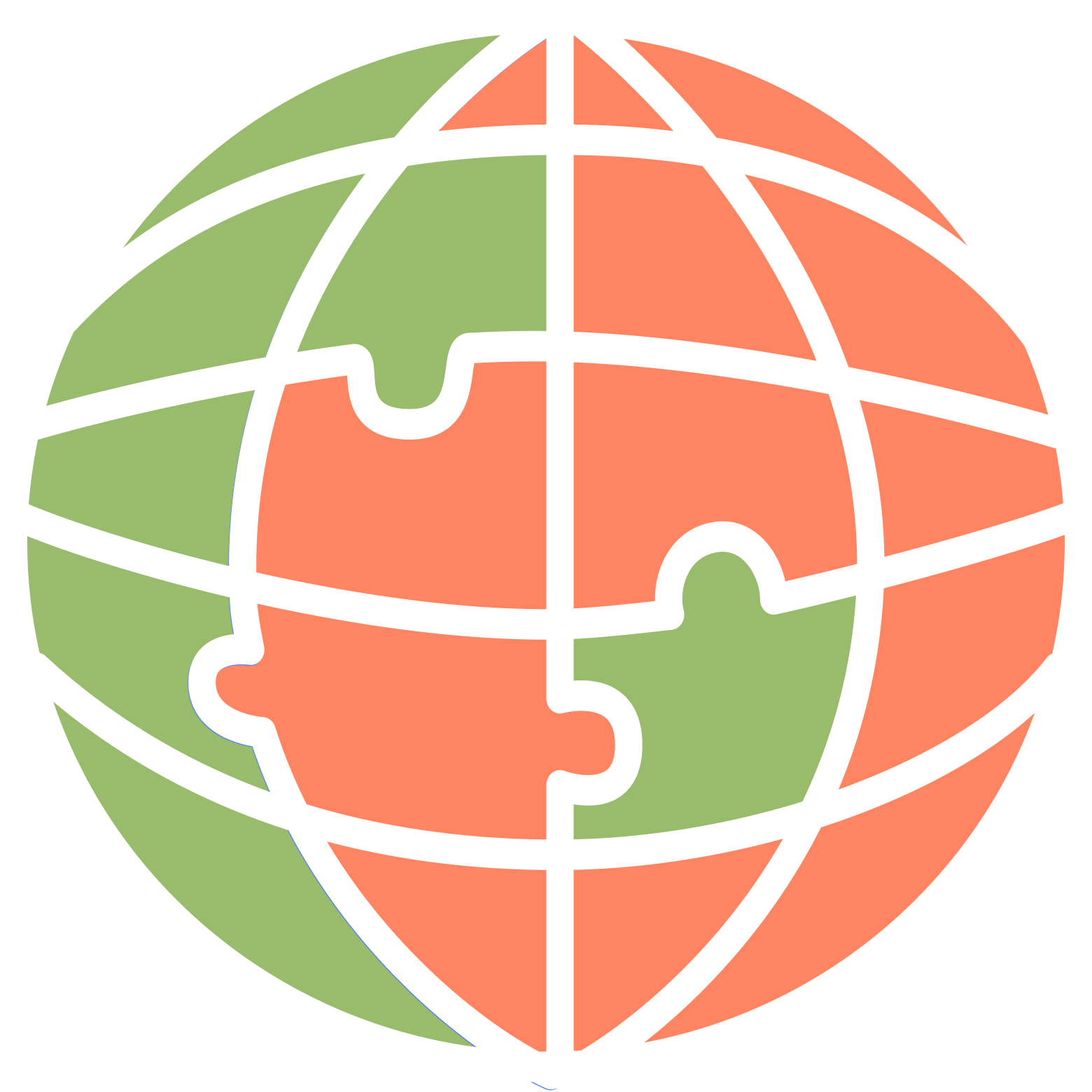Fact-Checking
We have access to a vast amount of information, which might be false. Therefore, the ability to verify information becomes a crucial skill. It is necessary to use this skill when making decisions, especially if these decisions impact our lives or the lives of others.
HOW TO VERIFY INFORMATION?
In this section, we have compiled exercises that you can use to practice information verification skills, both on your own and with your groups.
HOW TO VERIFY INFORMATION?
- Look at the source of the information: It should be reliable, meaning it has a good reputation and contains facts.
- Compare information from different sources: If the information is consistent, it is more likely to be true. If there are obvious discrepancies, you definitely need to analyze it further, perhaps after consulting experts.
- Check the information for logic and consistency: Contradictions may indicate errors.
- Be aware of your own preconceptions and biases and strive to minimize their effects: This helps avoid distorting the information.
In this section, we have compiled exercises that you can use to practice information verification skills, both on your own and with your groups.
Objective:
To help participants practice their fact-checking skills
- Number of participants:6 to 35
- Age range:15+
- Duration:80-90 minutes
How to conduct:
Stage 1: Preparation
Before the session, divide the participants into teams of 5–7 people. The teams can be smaller, depending on the number of the training participants.
Introduce them to the concepts of fake news and fact-checking. Ask the teams to send the facilitator one true news story that looks like a fake and one fake news story. If you can not contact the participants before the session, you can skip the preparatory stage and prepare the news stories yourself.
Stage 2: News Exchange
Arrange the space so that the participants can work in teams. If the training is online, enable breakout rooms. Distribute the prepared news stories among the groups, making sure the groups do not get their own stories. A team may receive one true news story and one false one, or two false ones, etc.
Stage 3: Working with the News
The teams analyze the news stories using the following instructions:
Stage 4: Team Presentations
Let the teams know in advance how much time they will have to present their results.
Teams take turns presenting their fact-checking results. During (or after) the presentation, participants from the team that ‘brought’ the news comment on whether they agree with the conclusion presented. Questions and comments from other teams are welcome.
Stage 5: Discussion of Team Presentations
The participants vote for the most interesting and successful presentation, as well as the best fact-checking.
Before the session, divide the participants into teams of 5–7 people. The teams can be smaller, depending on the number of the training participants.
Introduce them to the concepts of fake news and fact-checking. Ask the teams to send the facilitator one true news story that looks like a fake and one fake news story. If you can not contact the participants before the session, you can skip the preparatory stage and prepare the news stories yourself.
Stage 2: News Exchange
Arrange the space so that the participants can work in teams. If the training is online, enable breakout rooms. Distribute the prepared news stories among the groups, making sure the groups do not get their own stories. A team may receive one true news story and one false one, or two false ones, etc.
Stage 3: Working with the News
The teams analyze the news stories using the following instructions:
- Study the information source and check its credibility.
- Verify the facts, statements, and figures presented in the news; this can be done by refining search queries in Google (or another search engine).
- Analyze the photos from the news articles using Google image search.
- Compare the information with other sources and check for inconsistencies.
- Check the authority of the experts quoted in the articles. This can be done by finding out, for example, the expert’s position, academic background, h-index (citation index), etc.
- Assess the context in which the information was presented and ensure it was not distorted or taken out of context.
Stage 4: Team Presentations
Let the teams know in advance how much time they will have to present their results.
Teams take turns presenting their fact-checking results. During (or after) the presentation, participants from the team that ‘brought’ the news comment on whether they agree with the conclusion presented. Questions and comments from other teams are welcome.
Stage 5: Discussion of Team Presentations
The participants vote for the most interesting and successful presentation, as well as the best fact-checking.
Objective:
To help participants practice their fact-checking skills.
- Number of participants:6 to 30
- Age range:14+
- Duration:15-20 minutes
How to conduct:
- Ask participants to form pairs or small groups (4–6 people). Inform them that they will be participating in a challenge. They will have seven minutes to complete several tasks, which involve verifying the truthfulness of statements.
- If the session is offline, prepare and print a handout with the task numbers and fields for answers. If the session is online, prepare an online form for submitting answers and send the link to participants.
- Distribute sets of cards to participants, either in digital or printed form. The cards may contain images, headlines, or links.
- Participants should use text or image search in Google (or another search engine), as well as other information verification techniques to find the necessary information. They should decide for each card, whether the news is real or fake, and provide a justification.
- After the time is up, review the answers and discuss what was challenging.

Examples of tasks:
Note:
At the beginning of the session, ensure that all participants know how to use Google image search. If someone is unfamiliar with this function, demonstrate it.
- New GUCCI trend: An older model showcases the new winter clothing collection (true or false + justification).
- Your country (choose one of the countries your participants come from/are familiar with) is going to adopt its own version of the metric system (true or false + justification).
- The star of The Avengers, who broke 30 bones, returned to the hospital (true or false + justification).
- Nobel laureate in literature Svetlana Alexievich has passed away (true or false + justification).
Note:
At the beginning of the session, ensure that all participants know how to use Google image search. If someone is unfamiliar with this function, demonstrate it.



